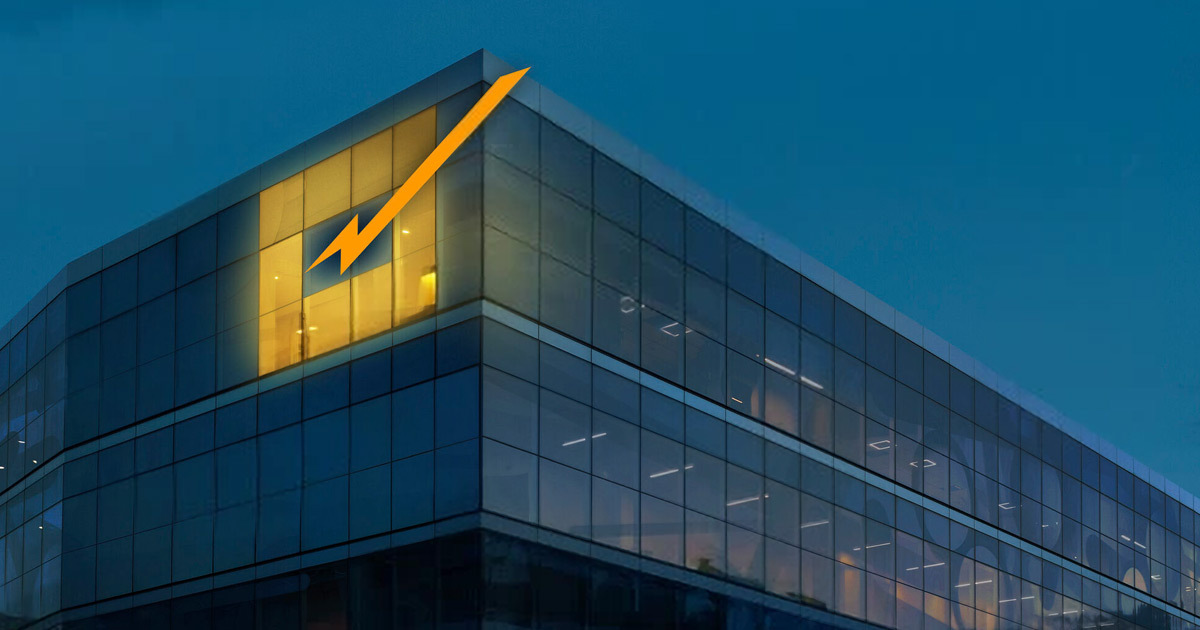
In a world where smart products are becoming part of our everyday lives, from clocks to wearable technologies, the question is no longer what to develop, but how to do so efficiently, collaboratively... and responsibly. This is the area of expertise of ÉTS professor Julia Guérineau, who is tackling a major challenge: improving multidisciplinary product development.
Product Development as a Strategic Assembly Game
With a background in mechanical engineering, Julia Guérineau takes an approach that is firmly rooted in industrial reality. Her main area of research focuses on product development methodologies combining several disciplines—mechanics, electronics, software, telecommunications, etc.—fields that companies wishing to design connected objects must now master.
“Often, SMEs wishing to embark on the development of smart products fumble about, proceeding by trial and error, which not only wastes valuable time but also incurs additional costs,” she points out. Engineers are well trained in their field, but are not always equipped to collaborate effectively with other disciplines. However, in these projects, it is sometimes necessary to make counterintuitive compromises, such as accepting a reduction in local performance to optimize the overall system. For example, the mechanical properties of a casing can be reduced to allow Bluetooth waves to pass through.
To guide companies through this complexity, Julia Guérineau has developed maps that organize the various approaches, processes, methods, and tools related to multidisciplinary product development. The maps illustrate associations between these approaches, processes, methods, and tools. The different blocks are a bit like Lego bricks that a company could select according to its needs, culture, and staff experience. Mapping is therefore a reference framework from which companies can draw their building blocks and construct their product development structure! She also initiated a project with her students to make this repository dynamic and collaborative.
Reconciling Two Opposing Worlds: Agile and Systems Engineering
One innovative aspect of her research is the combination of two seemingly opposing approaches: the agile approach, popularized by software development, and systems engineering, initially used in aerospace and defense. Simply put, "Agile is the New Space: launching rockets knowing that they may explode to acquire data through rapid iteration. The advantage is that it allows you to move forward quickly and learn as you go. Systems engineering is more like what historic space agencies such as NASA do: we don't fly anything until we are 100% sure," she explains.
Both philosophies have their strengths—speed and adaptability on the one hand, rigour and structure on the other—but also their limitations. Julia Guérineau wants to create a methodological framework that leverages the advantages of both, in order to develop better-designed products more quickly and with greater sustainability potential.
And this is not just theoretical research: she aims to document practices in the field, in demanding sectors such as aerospace, automotive, and medical. Even though validating these approaches is difficult due to the human factor, she believes it is essential to observe and test ideas and models within organizations, an approach that is fully in line with the applied culture of ÉTS.
Eco-Design, the Largely Overlooked Aspect of Smart Objects
Another aspect of her research, also related to product development, is eco-design. While smart objects have a significant environmental impact, both in terms of hardware and digital technology, very little effort is made to integrate environmental considerations into their design. Research examining the integration of eco-design and circularity principles in the development of smart products is virtually non-existent. “It's sad,” observes Julia Guérineau. She hopes to fill this gap by developing a toolkit for designing more sustainable products without sacrificing performance.
Research in Tune with Current Industrial Challenges
What sets Julia Guérineau apart is her desire to combine scientific rigour with industrial relevance. She seeks not only to model processes in the laboratory, but also to provide organizations with concrete tools to improve their practices. Her flexible and adaptable methodology sheets provide a valuable framework for rethinking the development of complex products in a rapidly changing industrial context.
In short, Julia Guérineau has established herself as an architect of design methods, building bridges between disciplines, between contradictory yet complementary approaches, and between performance and sustainability. Her research is less about inventing new objects and more about making their creation possible… and viable.



